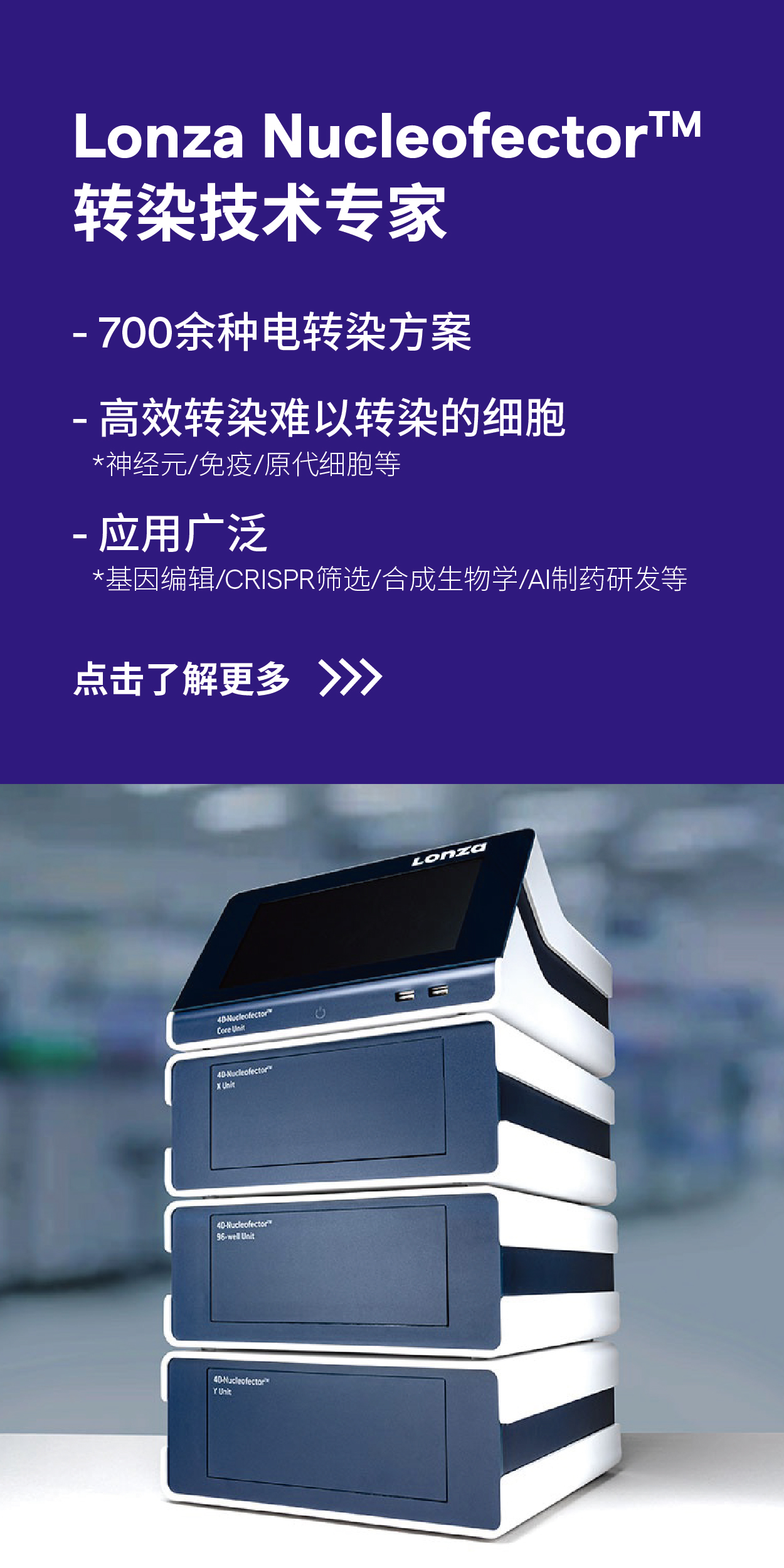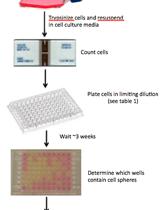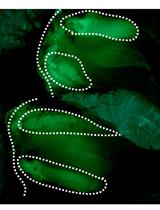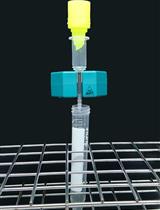- EN - English
- CN - 中文
Teratoma Formation Assay for Assessing Pluripotency and Tumorigenicity of Pluripotent Stem Cells
采用畸胎瘤形成分析法评估多能干细胞的多能性和致瘤性
发布: 2017年08月20日第7卷第16期 DOI: 10.21769/BioProtoc.2518 浏览次数: 16325
评审: Andrea PuharKevin Patrick O’RourkeAnonymous reviewer(s)
Abstract
Pluripotent stem cells such as induced pluripotent stem cells (iPSCs) and embryonic stem cells (ESCs) form teratomas when transplanted into immunodeficient mice. As teratomas contain all three germ layers (endoderm, mesoderm, ectoderm), teratoma formation assay is widely used as an index of pluripotency (Evans and Kaufman, 1981; Hentze et al., 2009; Gropp et al., 2012). On the other hand, teratoma-forming tumorigenicity also represents a major risk factor impeding potential clinical applications of pluripotent stem cells (Miura et al., 2009; Okano et al., 2013). Recently, we reported that iPSCs derived from naked mole-rat lack teratoma-forming tumorigenicity when engrafted into the testes of non-obese diabetic/severe combined immunodeficient (NOD/SCID) mice due to an ES cell-expressed Ras (ERAS) and Alternative reading frame (ARF)-dependent tumor-suppression mechanism specific to this species (Miyawaki et al., 2016). Here, we describe a method for transplanting pluripotent stem cells into the testes of NOD/SCID mice to generate teratomas for assessing the pluripotency and tumorigenicity.
Keywords: Pluripotent stem cells (多能干细胞)Background
iPSCs and ESCs are exploited for applications in cell transplantation therapy for regenerative medicine. However, these cells form tumors called teratoma containing differentiated tissues when transplanted into immune-deficient mice. Therefore, the risk of their teratoma-forming tumorigenicity limits their clinical application. Several studies have reported the methods to overcome the risk of teratoma-forming tumorigeniticy (Itakura et al., 2017; Vazquez-Martin et al., 2012). Recently, we reported that iPSCs derived from naked mole-rats lack teratoma-forming tumorigenicity when engrafted into the testes of NOD/SCID mice due to species-specific activation of tumor-suppressor ARF and a disruption mutation of the oncogene ERAS (Miyawaki et al., 2016). In this protocol, we describe a method for transplanting pluripotent stem cells into the testes of NOD/SCID mice to generate teratomas. This approach can minimize the immune rejection due to the presence of the testicular–blood barrier (Cheng and Mruk, 2012). In addition, this approach is advantageous because transplanted cells are easily identified around the injection site even when they do not form tumors. Thus, the technique described herein is useful for assessing the pluripotency and tumorigenicity of pluripotent stem cells.
Materials and Reagents
- Falcon 15 ml conical tube (Corning, Falcon®, catalog number: 352196 )
- BIO-BIK 1.5 ml centrifuge tube (Ina-optika, catalog number: CF-0150 )
- 26-gauge needle (Terumo Medical, catalog number: NN-2613S )
- Laboratory wipe (Kimwipes) (KCWW, Kimberly-Clark, catalog number: 62011 )
- 0.22-μm filter unit (TPP Techno Plastic Products, catalog number: 99155 )
- 10 cm tissue culture dish (Corning, Falcon®, catalog number: 353046 )
- Pluripotent stem cells stably expressing a fluorescent marker, such as green fluorescent protein (GFP), for detection of injected cells
Note: We used naked mole-rat (NMR) iPSCs (clones 24 and 27), mouse iPSCs (clones 20D17 and 38C2: Okita et al., 2007), and human iPSCs (clone 201B7: Takahashi et al., 2007), as described in our previous study (Miyawaki et al., 2016). - Sterile phosphate-buffered saline (PBS) (NACALAI TESQUE, catalog number: 27575-31 )
- 0.1% trypsin-EDTA (Thermo Fisher Scientific, GibcoTM, catalog number: 15090046 )
- Fetal bovine serum (Biowest, catalog number: S1820-500 )
- Dulbecco’s modified Eagle’s medium (Sigma-Aldrich, catalog number: D5796 )
- Penicillin/streptomycin (Wako Pure Chemical Industries, catalog number: 168-23191 )
- Non-essential amino acids (NACALAI TESQUE, catalog number: 06344-56 )
- β-Mercaptoethanol (Sigma-Aldrich, catalog number: M6250 )
- L-Glutamine (NACALAI TESQUE, catalog number: 04260-64 )
- DMEM/F12 (Sigma-Aldrich, catalog number: D6421 )
- KnockOutTM Serum Replacement (Thermo Fisher Scientific, GibcoTM, catalog number: 10828028 )
- Fibroblast growth factor 2 (PeproTech, catalog number: 100-18B )
- Isoflurane (Wako Pure Chemical Industries, catalog number: 099-06571 )
- 70% ethanol
- Ampicillin (Wako Pure Chemical Industries, catalog number: 012-23303 )
- Paraformaldehyde (Junsei Chemical, catalog number: 58295-1201 )
- Sodium hydroxide (NACALAI TESQUE, catalog number: 31511-05 )
- Paraffin
- Hematoxylin and eosin (HE)
- iPS medium for mouse iPSCs (see Recipe 1)
- iPS medium for NMR and human iPSCs (see Recipe 2)
- 4% paraformaldehyde (PFA) (see Recipe 3)
Equipment
- Two humidified 5% CO2 cell culture incubators: 32 °C for NMR iPSCs, 37 °C for mouse and human iPSCs (Thermo Fisher Scientific, Thermo ScientificTM, model: HeracellTM 150i )
- Centrifuge (TOMY DIGITAL BIOLOGY, model: AX-501 )
- Coulter counter (Beckman Coulter, catalog number: 6605698 )
- Isoflurane vaporizer, chamber, and nose cone (Shinano, catalog number: SN-487-0T )
- Heating pad (Nissin, model: NHP-M30N )
- Operating scissors and tweezers (see Figure 1)
- 25 µl Hamilton syringe (Hamilton, model: 702 N, catalog number: 80400 )
- Microbalance (Shimadzu, model: ATX84 )
- Icebox
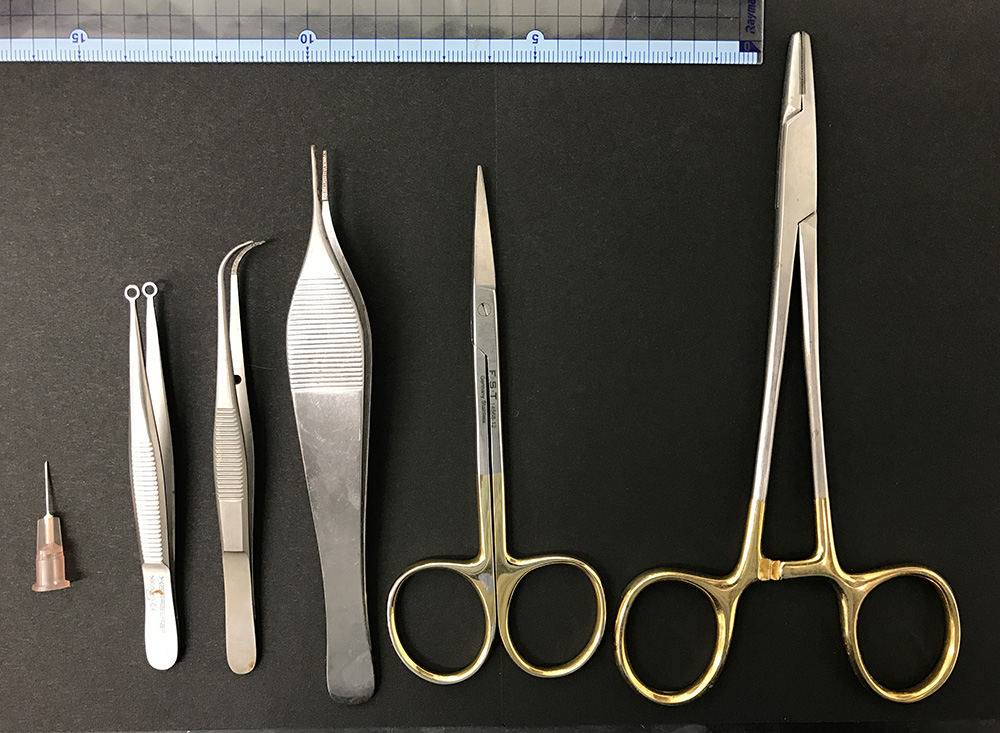
Figure 1. Surgical instruments used in this protocol
Software
- GraphPad Prism software (GraphPad software, model: version 6.0)
Procedure
文章信息
版权信息
© 2017 The Authors; exclusive licensee Bio-protocol LLC.
如何引用
Miyawaki, S., Okada, Y., Okano, H. and Miura, K. (2017). Teratoma Formation Assay for Assessing Pluripotency and Tumorigenicity of Pluripotent Stem Cells. Bio-protocol 7(16): e2518. DOI: 10.21769/BioProtoc.2518.
分类
癌症生物学 > 癌症干细胞 > 肿瘤形成
干细胞 > 多能干细胞 > 增殖
细胞生物学 > 组织分析 > 肉眼观察
您对这篇实验方法有问题吗?
在此处发布您的问题,我们将邀请本文作者来回答。同时,我们会将您的问题发布到Bio-protocol Exchange,以便寻求社区成员的帮助。
Share
Bluesky
X
Copy link



